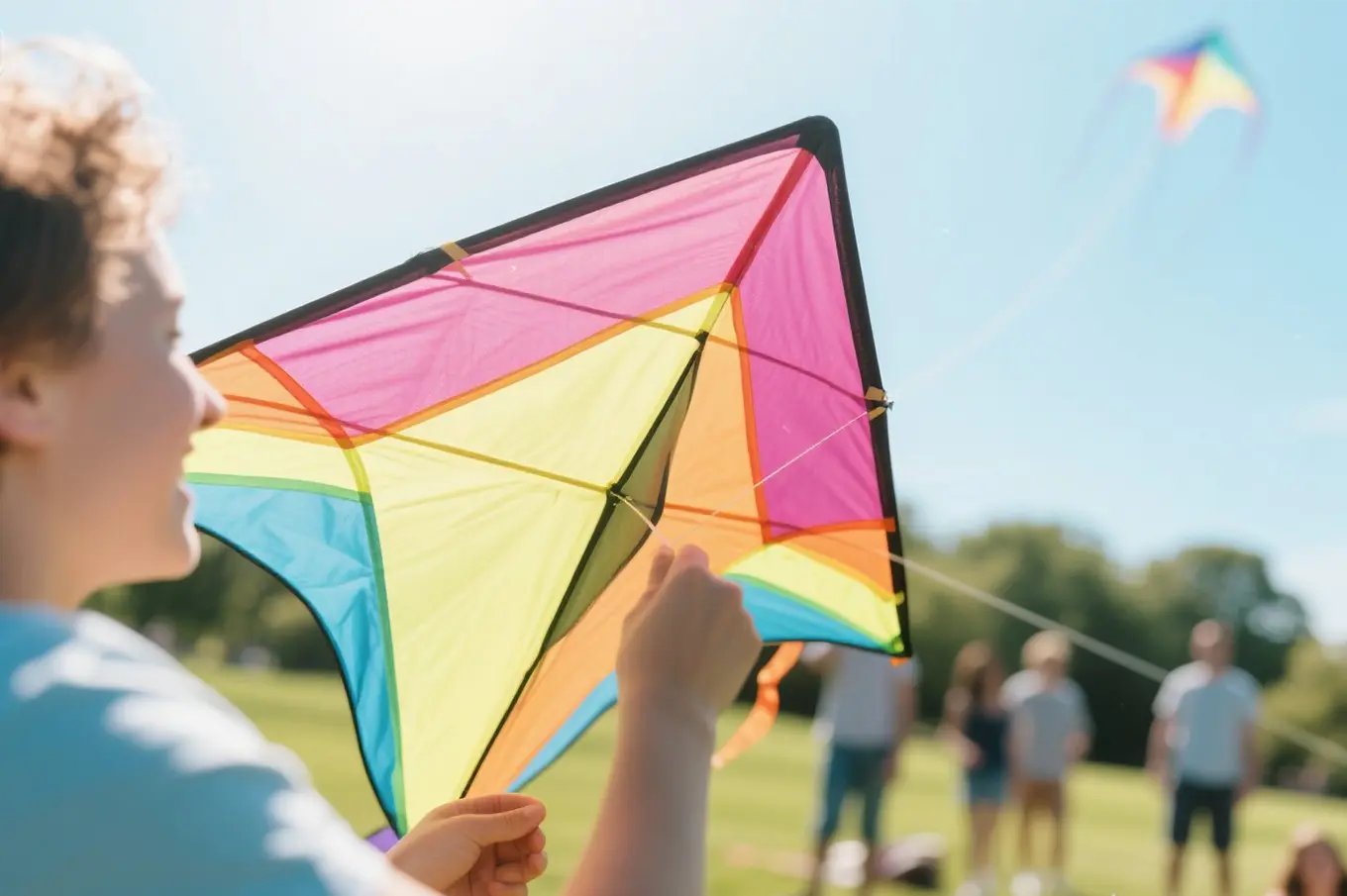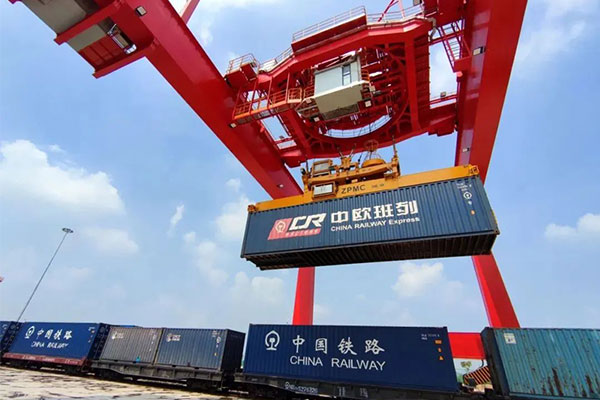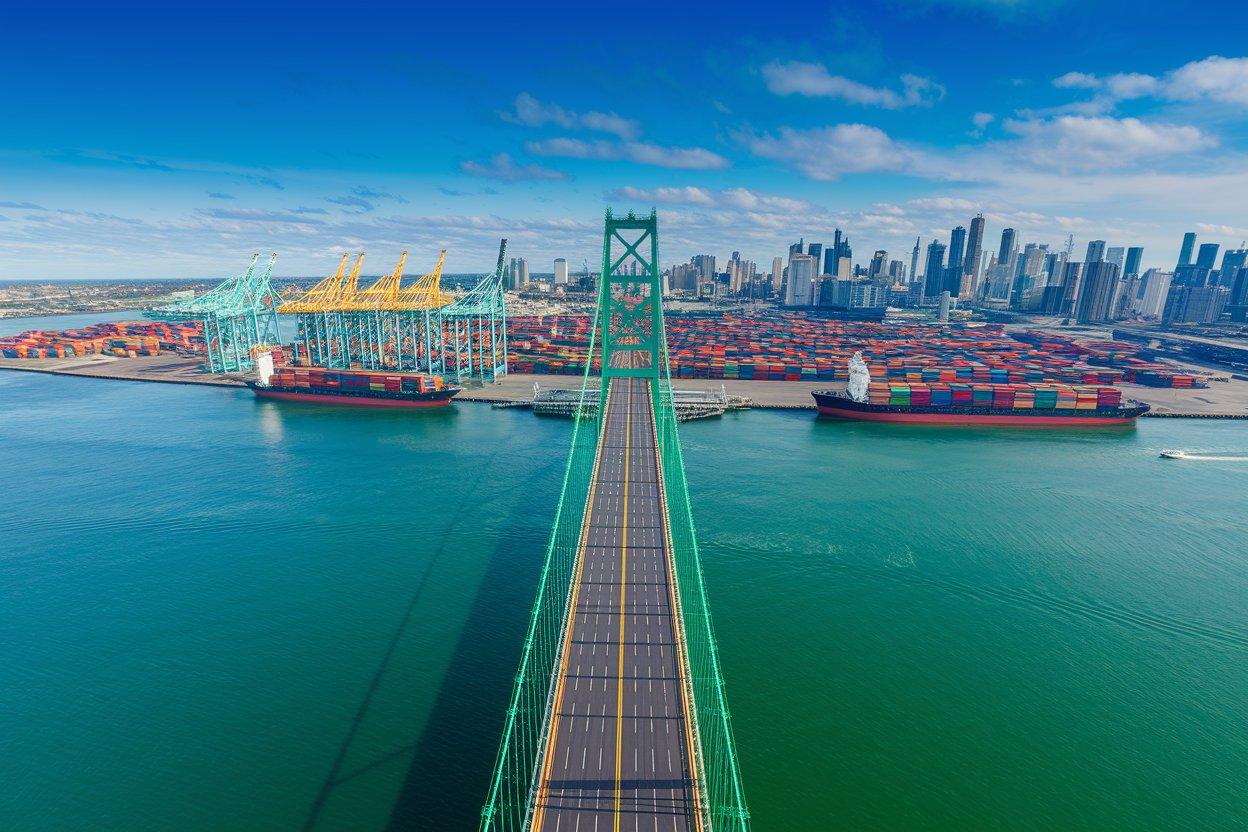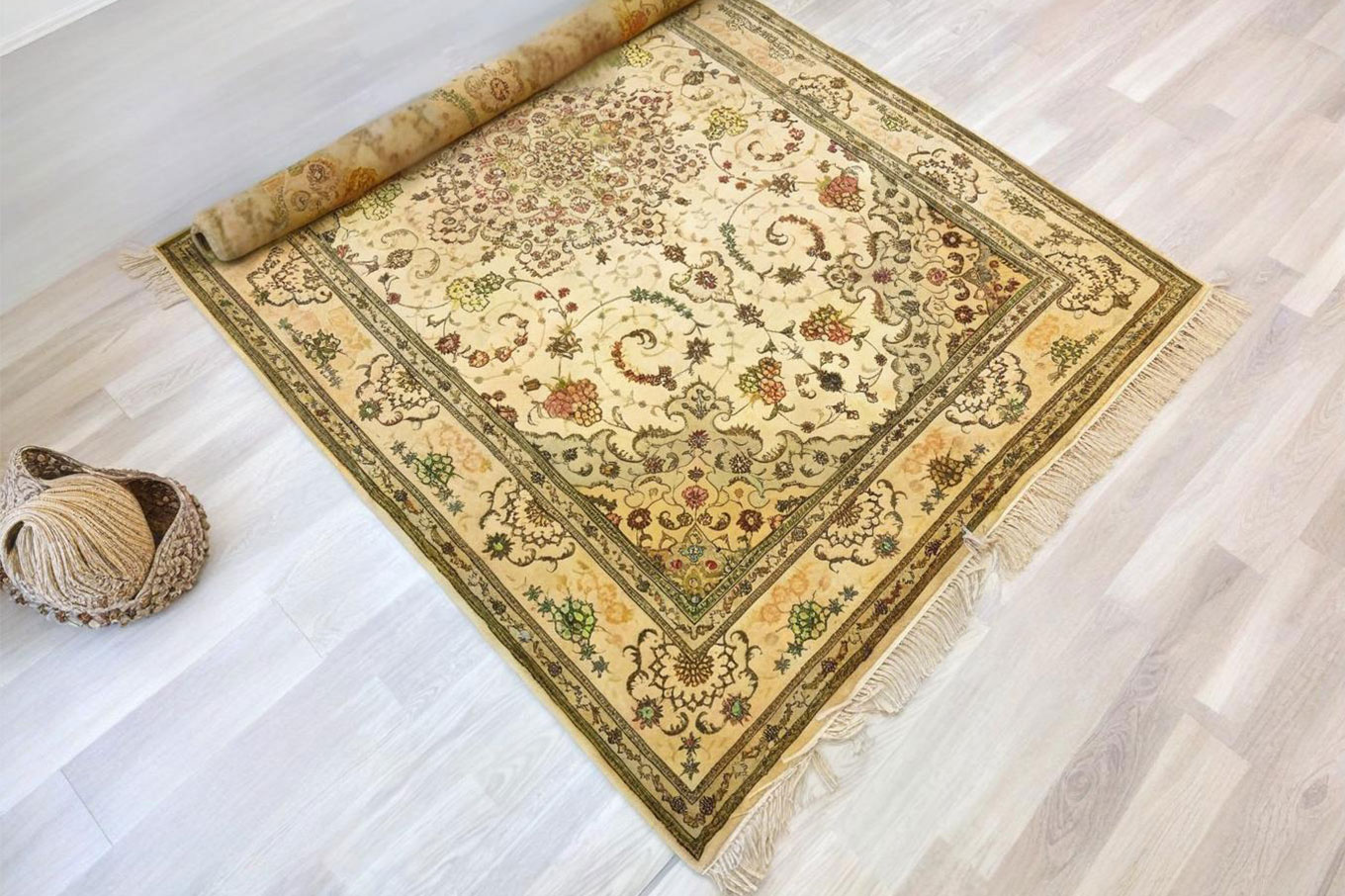- Shanghai Zhongshen International Trade Co., Ltd. - Two decades of trade agency expertise.
- Service Hotline: 139 1787 2118
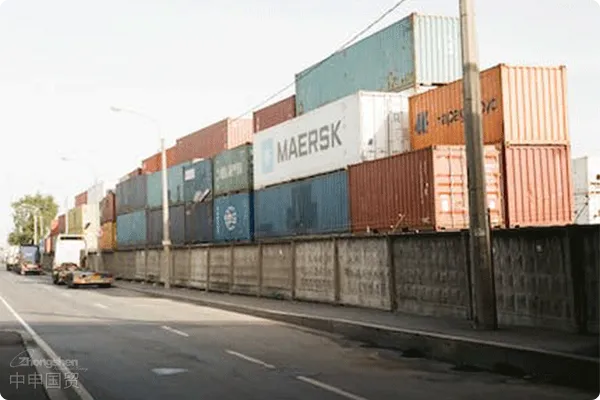
When considering exporting lighting fixtures to Russia, there are numerous requirements and essential elements to consider.
I. Product Quality and Certification
GOST certification
- In the Russian market, GOST certification is a basic requirement. To obtain GOST certification, lighting fixtures must comply with Russian national standards. This means the fixtures must meet specified indicators in safety, electromagnetic compatibility, energy efficiency, etc. For example, lighting fixtures must have good electrical insulation to prevent electric shock risks; their electromagnetic radiation must not interfere with other electronic devices in the environment. For energy efficiency, different types of lighting fixtures (such as LED lights, incandescent lamps, fluorescent lamps, etc.) have corresponding energy efficiency level requirements, and only fixtures meeting these standards can enter the Russian market.
Fire Safety and Material Safety
- The materials of lighting fixtures must meet fireproof and environmental requirements. The housing materials should have certain flame retardancy to prevent fire risks. Especially for large chandeliers or recessed lighting fixtures used in public spaces, flammable materials may cause fires in case of electrical faults. Additionally, materials like plastics and metals used in the fixtures must not contain excessive harmful substances such as lead, mercury, or other heavy metals, which relates to both product quality and environmental and user health concerns.
Product Labeling
- Lighting products must have clear and accurate labeling. The labels should include basic parameters such as rated voltage, rated power, fixture type (indoor or outdoor use), etc. Additionally, manufacturer information including name and address must be indicated. Clear labeling helps Russian consumers use the fixtures correctly and facilitates regulatory inspections and management.
II. Trade and Business Aspects
1. import and exportLicense
- According to Russian trade policies, exporting lighting fixtures may require relevant import/export licenses. This particularly applies to special types of fixtures, such as high-power industrial lighting or smart fixtures with specific technologies. Enterprises need to apply for licenses from relevant Russian trade authorities, providing detailed technical documentation and manufacturer qualification certificates during the application process.
Trade Contracts and Terms
- Clear trade contracts are key to ensuring smooth export operations. Contracts should specify fixture specifications, quantity, price, delivery period, payment terms, etc. For pricing terms, factors like exchange rate fluctuations and transportation costs should be considered. For example, due to Russias vast territory, transportation distances may be long, so careful consideration should be given to choosing between FOB (Free On Board), CIF (Cost, Insurance, and Freight), and other pricing terms. Delivery periods should account for production cycles, transportation time, and potential force majeure events. Payment methods can include T/T (telegraphic transfer), L/C (...L/C) etc., and different payment methods have different impacts on the risks and capital recovery speed of the exporting company.
Customs Declaration and Tariffs
- Accurate customs declaration is crucial when exporting lighting fixtures to Russia. The declaration should include the fixtures true value, quantity, specifications, etc. Regarding tariffs, Russia imposes varying tariff rates depending on fixture type. For example, ordinary household lighting may face relatively low tariffs, while high-end or specialized fixtures may face higher rates. Enterprises need to understand specific tariff policies to accurately calculate costs.
III. Transportation and Packaging
Selection of Transportation Modes
- When exporting lighting fixtures to Russia, multiple transportation methods can be chosen, such as...Maritime Transportation, land transport, orAir Transportation. For large-scale exports of lighting fixtures, sea freight is usually a more economical option. However, sea freight takes a long time, and attention must be paid to moisture-proofing and shock-proofing during transportation. Land transport is suitable for shipments to border areas or inland cities in Russia, with relatively shorter transportation times but potentially higher costs compared to sea freight. Air freight is fast and suitable for urgent, high-value lighting samples or small batches of high-end lighting fixtures, but air freight costs are expensive.
Packaging Requirements
- The packaging must ensure fixtures are not damaged during transportation. For fragile components like glass lampshades, special cushioning materials such as foam or bubble wrap should be used. Additionally, packaging should display fragile, moisture-proof, and this side up markings to remind handlers of proper handling. The packaging must also comply with Russian import packaging standards, including environmental requirements for packaging materials.
Exporting lighting fixtures to Russia requires preparation in multiple aspects, including product quality certification, trade and commerce, transportation and packaging, to ensure the smooth operation of the export business.
Related Recommendations
? 2025. All Rights Reserved. Shanghai ICP No. 2023007705-2  PSB Record: Shanghai No.31011502009912
PSB Record: Shanghai No.31011502009912
